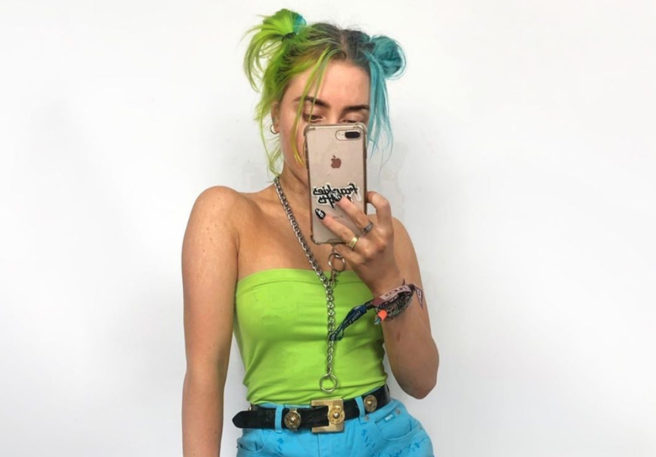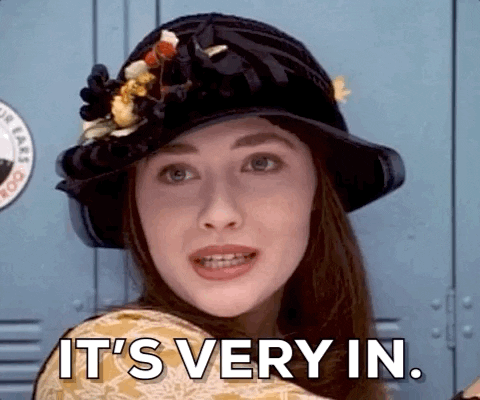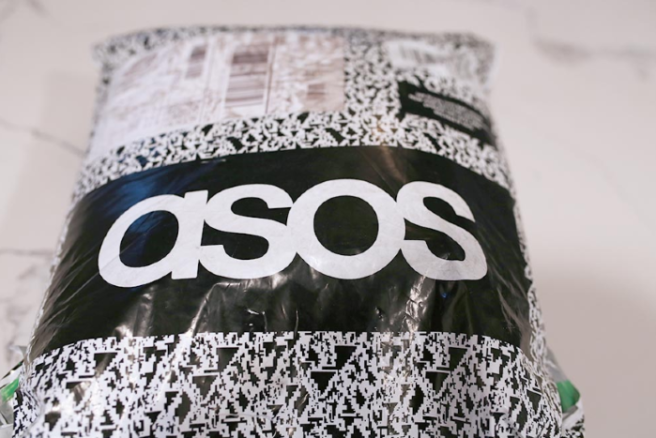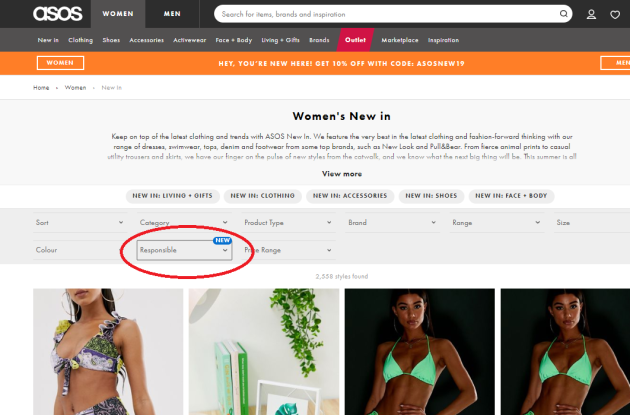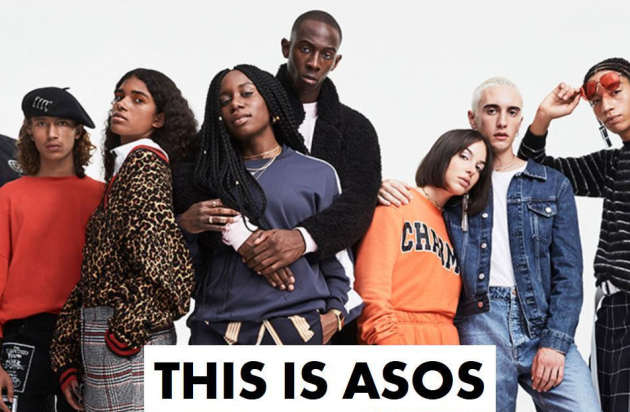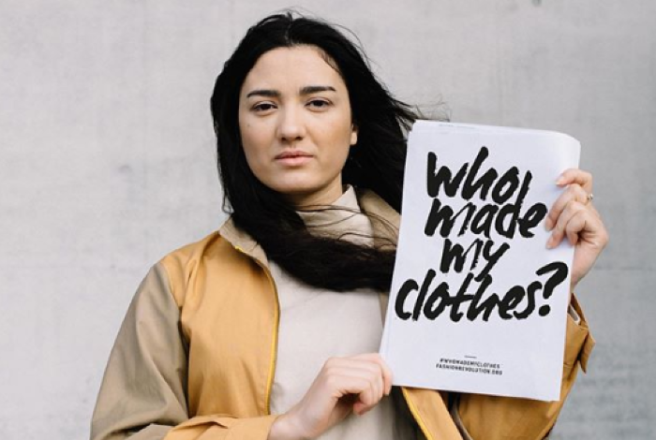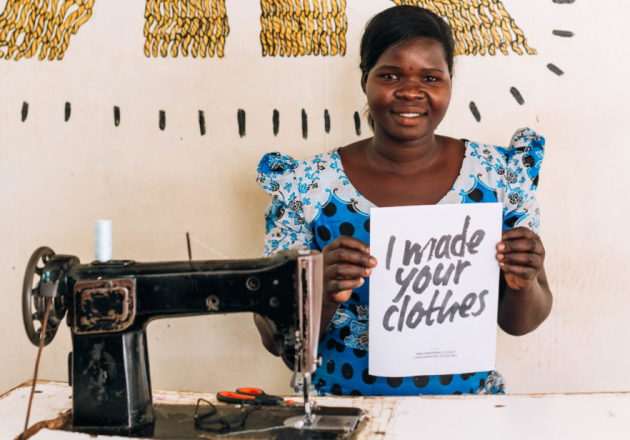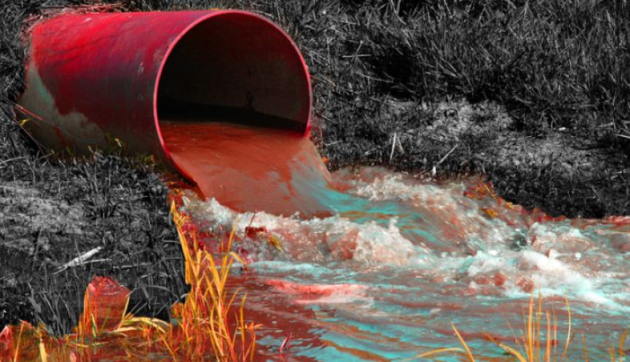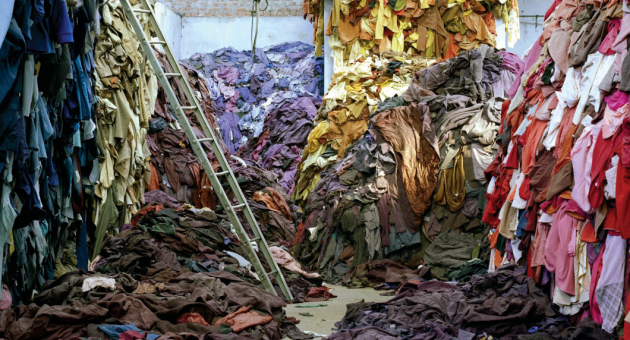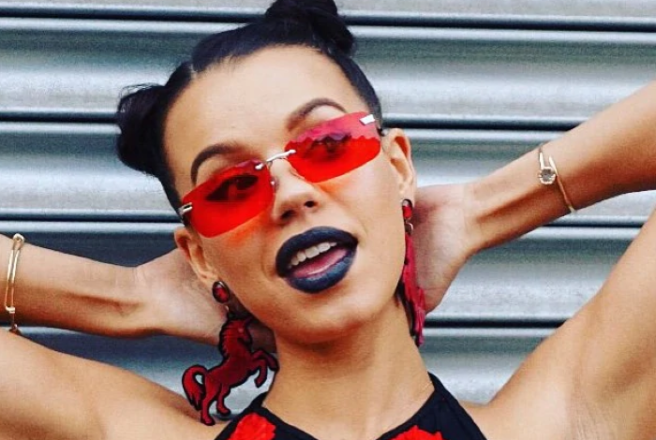
5 festival fashion trends you can find vintage shopping this season
Festival fashion is one of the most sought-after gems in the style calendar, but trends have most definitely shifted in 2019 into a more sustainable environment. Rightfully so.
Rather than buying entirely new wardrobes for each music festival attended, the rise of the rental is upon us as well as the overwhelming popularity of vintage clothes.
The billion-dollar festival fashion scene is a whole new ball game since the rise of apps like Instagram, capturing celebrity fashion at Coachella, Reading, Parklife, Electric Picnic and Glastonbury.

A fast fashion extravaganza has been the result, with millions of euros spent on clothing for festival wear each year. The fashion industry is the second-biggest water polluter on earth, after the oil industry.
Outlandish, aesthetically-dramatic outfits which normally wouldn’t be worn are donned, but with the rise of ethical and sustainable fashion, what are this year’s trends?
Vintage styles are setting the trend agenda this festival season, as shown by global fashion search engine Lyst.

The company identified the major trends for festival season by gathering analysis on the shopping behaviours of over five million people based on social media metrics and search data.
It discovered that the 1990s are well and truly the decade to be apart of. Search results for staples from the time such as neon, bucket hats, tie-dye, chunky sports sandals and graphic t-shirts have all increased.
“Sustainability is an issue that more and more customers care about on Lyst,” the organisation’s insights reporter, Morane Le Caer, told The Independent.
1. Biodegradable glitter
Some festivals have already taken action when it comes to the harmful effects of glitter on the environment by pledging to ban glitter from their sites as part of a wider outlaw on single-use plastics.
In case you aren’t aware, glitter contains micro-plastics which take hundreds of years to break down, so can cause a phenomenal amount of damage (despite it’s small size).
However, you simply can’t remove glitter from the festival landscape so a solution has been created; biodegradable glitter.

As it turns out, you can be savvy about the environment while dancing the night away in a field simultaneously.
There are a huge amount of fantastic brands emerging which promote sustainability and recyclable materials, but our faves include;
EcoStardust, Dolls Kill ‘Go Get Glitter’, In Your Dreams, Festival Face, Primark P.S…Festival collection, BOD Mermaid Body and Eco Glitter Fun.
2. Tiny ’90s sunglasses
With the coming of summer brings iconic vintage trends, predominantly from the nineties this year. What was one of the greatest aspects of that era? Tiny sunglasses, of course.
Style icons like Rihanna, Bella Hadid and Selena Gomez have caught on to the trend, which was based around cinematic veterans from the 90s sporting small sunnies in films like Notting Hill (Julia Roberts) and supermodels like Kate Moss.
Are you even a fashionista if you aren’t wearing teeny, tiny sunglasses? Probably not. If Kendall Jenner is copying 1999 Sabrina the Teenage Witch and Britney Spears, then you should probably try it too.
You can normally find the best pairs by thrift shopping or visiting places like Dublin Vintage Factory or Nine Crows vintage, but ASOS and ASOS Marketplace also do great coloured oval sunglasses.
3. Sequins
Sequins as a festival trend will most likely never change.
It’s the perfect way to grab the spotlight from the artists and firmly place it on yourself, and it’s distracting in all the best ways if you haven’t washed your hair at Electric Picnic in three days.
Vintage shopping for sequins is one of the most fun activities in the land, and you can find some sparkly gems in most places.
ASOS Marketplace has an extensive selection, and we can’t get enough of the co-ords.
All that glitters may not quite be gold, but they can give you a killer look for the next music festival you attend with your gal-pals.
Fashion will always have an obsession with sparkle, with major couture designers utilising sequins with precision. It trickles down to the festivals, where everyone wants to have the most eye-catching apparel.
4. Attention-grabbing hats
From ’90s bucket hats and cowboy hats to sequinned military-style caps and printed beanies, when you’re having a festival hair day with unwashed tresses; hats will be thy saviour.
Black leather baker boy hats have been spotted on the Nine Crows website, and ASOS Marketplace has an array of velvet and sequinned berets to get your hands on.
Depop is also your best friend when it comes to items like these. The clothes-selling app has millions of users, and is a brilliant place to buy and sell second-hand clothes and vintage goodies.
Somehow, summer always grabs onto the trend of bucket hats every single year. We’ve seen countless boys at Longitude (RIP) sporting branded Kangol bucket hats, but the vintage headgear remain cool.
While fast fashion brands will bring out their own lines of bucket hats and eye-catching caps, there’s nowhere better than vintage stores to get the original ’90s vibe.
Temple Bar has numerous shops to rifle through, but some are better for accessories than others. Online stores like Beyond Retro in the UK have a great collection too, and Depop sellers have gorgeous options.
5. Sportswear (cycling shorts, chunky sandals, windbreakers)
The Kardashians and Kanye West are partially credited with reigniting the luxe sportswear trend, and the nineties ‘athleisure’ fad is officially back.
Sportswear that doubles up as festival wear is definitely on the rise, with cycling shorts and chunky runners seen on high-fashion runways and in high street stores alike.
We’re fairly sure the Tour de France wasn’t intending on beginning a cycling shorts trend, but here we are.
It’s got nothing to do with exercise or physical performance, but everything to do with looking festival fierce in a flash.
Princess Diana’s mid-90s style and Yeezy’s obsession with form-fitting athleisure have both caused an influx in people searching for leggings and patterned cycling shorts online.
Labels like Fendi, Dior, Chanel, Nanushka, and Maryam Nassir Zadeh all showcasing stylised riffs on cycling shorts in their runway collections recently, with the addition of neon to prove peak 90s.
Wear with an oversized blazer and statement belt if your shorts aren’t eye-catching enough at Electric Picnic.

With vintage and sustainable shopping on the increase, nailing these five festival fashion trends in the 2019 season will be easier, and cheaper, than ever but with a less negative environmental impact.
You don’t need an entirely new wardrobe to slay the styles. It just takes some dedication and creativity, and the knowledge of the best second-hand places to shop.
Do yourself a favour and download Depop while you’re at it. The ’90s will be all over your campsite aesthetic in no time.
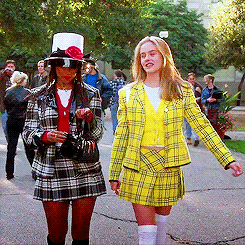
6. Footwear
Consider the weather and location – this might sound like an obvious one, but it’s also one of the most important. Festivals can be totally different experiences depending on the location and the time of year. Keep an eye on the forecast during the week running up to the festival and be ready to change your festival shoes options at a moment’s notice.
You should also do a bit of research on the type of ground the festival is set on. Fields can get muddy, beaches can get hot and street festivals can be hard on the feet, so you’ll need to adjust your Blundstone shoes choices accordingly.
Most festivals are heavy-going on your footwear, even if the weather is kind, so we recommend choosing something sturdy and strong to take the brunt of the wear. Leather is always a good choice as it’s strong, comfortable and easy to clean, but plastic and rubber are also good choices.
Feature image: Purple lens sunnies by Vintings at ASOS Marketplace, €11.76















